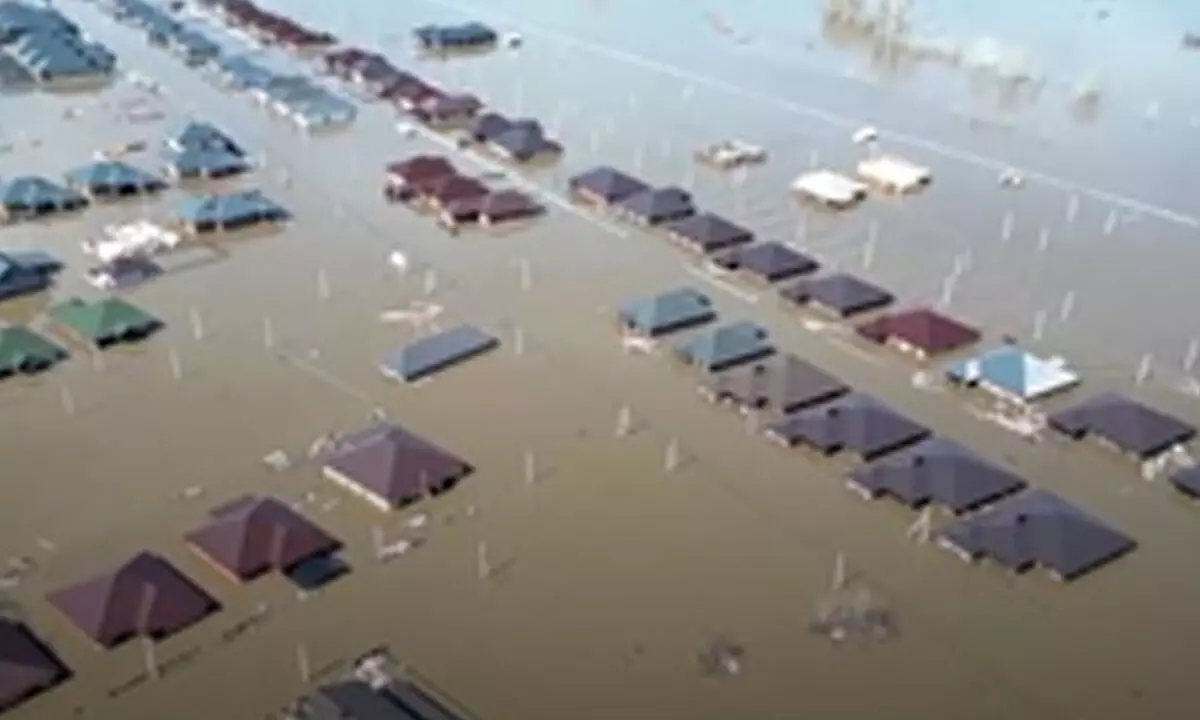1-metre sea level rise by 2100 to affect over 14 mn people living in coastal areas: Study
Share :

Climate-driven hazards are likely to increase risk for millions of coastal residents, finds a study on Thursday.
New Delhi: Climate-driven hazards are likely to increase risk for millions of coastal residents, finds a study on Thursday.
Published in the journal Nature Climate Change, the study estimates that a 1-metre sea level rise by 2100 would affect over 14 million people along the Southeast Atlantic coast, from Norfolk, Virginia, to Miami, Florida.
It showed that by 2100, 70 per cent of the coastal population will also be exposed to shallow or emerging groundwater -- a far more significant exposure than daily flooding.
This groundwater hazard is likely to affect approximately $1 trillion in property value, creating new challenges for infrastructure such as roads, buildings, septic systems, and utilities.
The scale of these interconnected hazards is much greater than anticipated, said Manoochehr Shirzaei from Virginia Tech’s Department of Geosciences.
“The risk of flooding, compounded by sinking land and beach loss, could displace millions and damage critical infrastructure unless robust adaptation strategies are implemented,” said Shirzaei.
The findings, in collaboration with the US Geological Survey, are based on assessments of the cumulative impact of multiple climate-driven coastal hazards, including sea level rise, flooding, beach erosion, sinking land, and rising groundwater. All these are expected to worsen significantly by the end of the 21st century.
Further, the researchers noted that coastal storms and hurricanes will amplify the risk of flooding over land. With 1 metre of sea level rise, overland flooding will affect up to 50 per cent of residents in the region, impacting $770 billion in property value.
It can also lead to the loss of 80 per cent of sandy beaches in the Southeast Atlantic region, known for its barrier islands and coastal ecosystems.
In addition, many areas along the Southeast Atlantic coast are experiencing sinking land, called subsidence, which exacerbates the effects of rising seas.
“We need to rethink how we plan and build for the future, especially in highly vulnerable coastal regions,” said Shirzaei. “By including a wider range of climate hazards in resilience strategies, we can better protect our communities from the compounded effects of sea level rise and extreme weather.”













